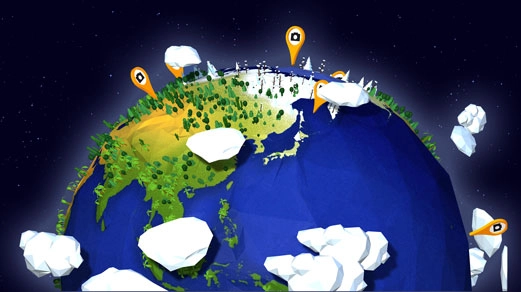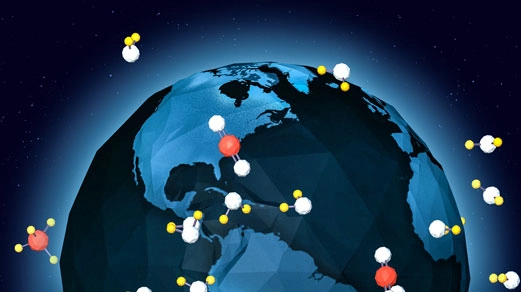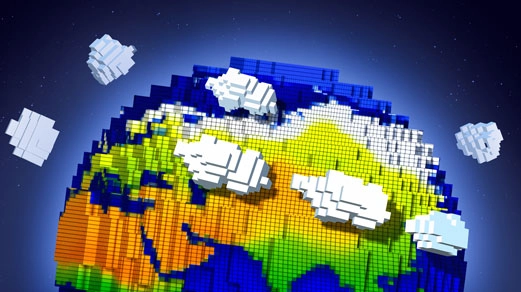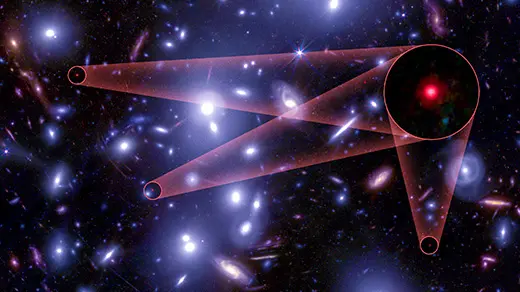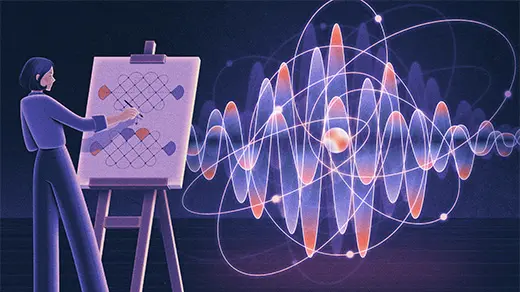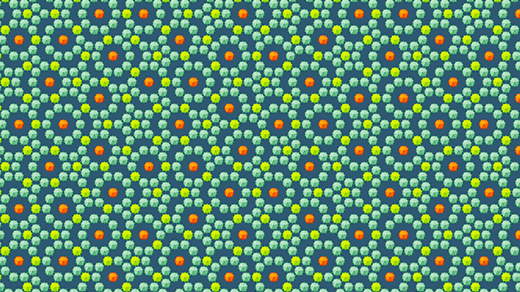What's up in
Physics
Latest Articles
The Ends of the Earth
Building an accurate model of Earth’s climate requires a lot of data. Photography reveals the extreme efforts scientists have undertaken to measure gases, glaciers, clouds and more.
The Quantum Mechanics of Greenhouse Gases
Earth’s radiation can send some molecules spinning or vibrating, which is what makes them greenhouse gases. This infographic explains how relatively few heat-trapping molecules can have a planetary effect.
How Climate Scientists Saw the Future Before It Arrived
Over the past 60 years, scientists have largely succeeded in building a computer model of Earth to see what the future holds. One of the most ambitious projects humankind has ever undertaken has now reached a critical moment.
Why Is Venus Hell and Earth an Eden?
A team of scientists has investigated how Earth’s twin became so inhospitable, and whether the same will happen to our planet.
A Single, ‘Naked’ Black Hole Rewrites the History of the Universe
The James Webb Space Telescope has found a lonely black hole in the early universe that’s as heavy as 50 million suns. A major discovery, the object confounds theories of the young cosmos.
Analog vs. Digital: The Race Is On To Simulate Our Quantum Universe
Recent progress on both analog and digital simulations of quantum fields foreshadows a future in which quantum computers could illuminate phenomena that are far too complex for even the most powerful supercomputers.
Astrophysicists Find No ‘Hair’ on Black Holes
According to Einstein’s theory of gravity, black holes have only a small handful of distinguishing characteristics. Quantum theory implies they may have more. Now an experimental search finds that any of this extra ‘hair’ has to be pretty short.
Quasicrystals Spill Secrets of Their Formation
New studies of the ‘platypus of materials’ help explain how their atoms arrange themselves into orderly, but nonrepeating, patterns.
New Physics-Inspired Proof Probes the Borders of Disorder
For decades, mathematicians have struggled to understand matrices that reflect both order and randomness, like those that model semiconductors. A new method could change that.
